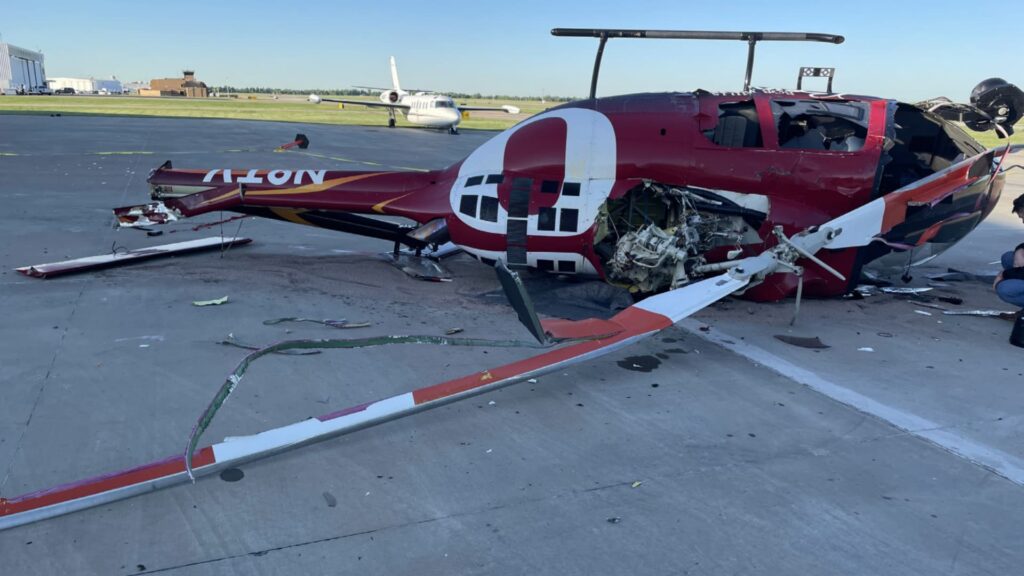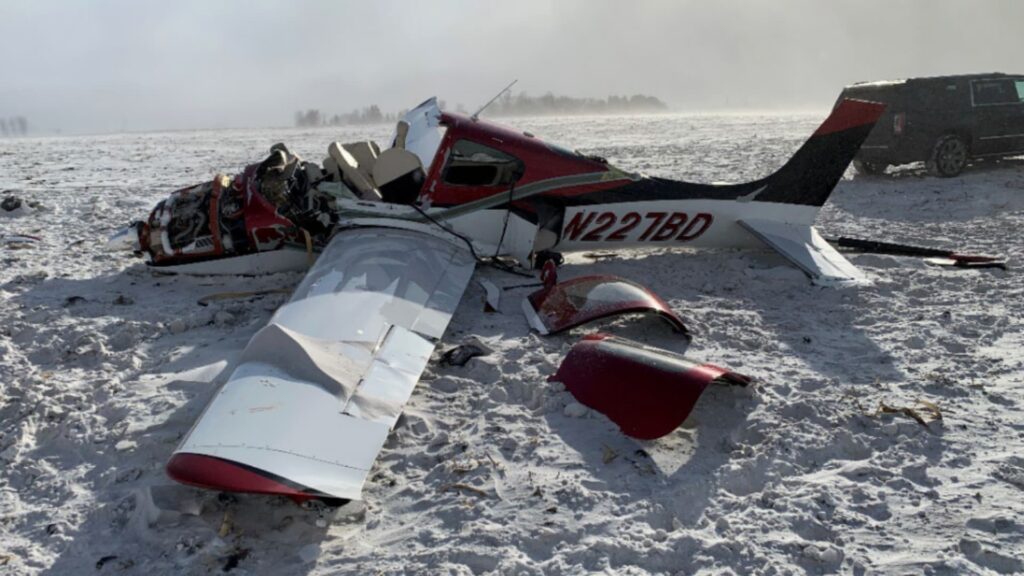In the world of aviation, it’s often the routine flights that sneak up with unexpected surprises. On April 30, 2025, in Bethany, Oklahoma, one such flight took a dramatic turn as a news helicopter’s return to base ended not with a smooth landing, but with a dynamic rollover on the tarmac. Thankfully, no lives were lost—but the incident serves as a sharp reminder that even seasoned pilots must respect the subtleties of every landing.
A Veteran at the Controls
The pilot at the center of this event was no rookie. At 68 years old, he held commercial and private pilot certificates, and had amassed an impressive 13,931 total flight hours—including 210 hours in the Bell 505 helicopter that he was flying that day. As an occupational pilot for Griffin Television OKC LLC, this was part of his daily routine. He had also completed a flight review earlier that year in January, and held a current first-class medical certificate.
So what happened?
The Dolly Dilemma
The helicopter, a Bell 505 Textron Canada model registered as N9TV, had just finished a two-hour news gathering flight. Returning to Wiley Post Airport (PWA), the pilot approached a dolly landing platform—essentially a movable landing pad used for repositioning helicopters on the ground. The weather was favorable, with good visibility, no precipitation, and light winds from the north.
As the pilot landed on the dolly, he touched down off-center. In an attempt to correct the position, he began to back the helicopter up, likely using pedal and cyclic inputs to adjust. But during the maneuver, the right skid caught on the edge or the middle of the platform. In that moment, physics took control. The helicopter rolled to the right in a textbook case of “dynamic rollover.”
The aircraft was substantially damaged, and the pilot sustained minor injuries. Fortunately, his sole passenger escaped unhurt.
Dynamic Rollover: A Quick Primer
Dynamic rollover is a well-known risk in helicopter operations, especially during takeoffs and landings on uneven or constrained surfaces. It occurs when one skid or wheel becomes fixed, and the pilot’s inputs create a rolling motion around that pivot point. Once the critical angle—typically around 5 to 8 degrees—is exceeded, the helicopter rolls over, often too quickly for corrective action.
In this case, the NTSB found no mechanical failures or anomalies with the Bell 505. The determining factor was pilot technique.
What the NTSB Found
The NTSB concluded that the probable cause of the accident was “the pilot’s improper landing technique that allowed the helicopter’s right skid to get caught on the landing platform, which resulted in a dynamic rollover.” In more clinical terms, it was a failure in lateral/bank control—human error in judgment and aircraft handling, rather than any technical shortcoming.
Safety Lessons in the Smallest Details
There’s a sobering lesson here: even after nearly 14,000 hours of flight time, small miscalculations can have big consequences. Landing on a dolly is an art that demands precision, situational awareness, and humility. Whether you’ve flown two hours or two decades, every landing is a chance to get it right—or to get reminded why aviation is never routine.
While this event didn’t make national headlines, it holds vital importance for anyone in rotorcraft operations. It’s a scenario most helicopter pilots can relate to—tight landings, small corrections, and the ever-present potential for a dynamic rollover. These are the moments where professionalism is measured not just in hours, but in habits and preparation.
So next time you’re easing down on a dolly or helipad, remember: even a small misalignment can tip the scales. Literally.









4 Comments
I’ve read that Satan travels in a helicopter.
I’ll pass, thanks.
I would like to see the landing pad surface.
I would love a ride in a helicopter! Sadly, I’ve not yet had the chance.
Moira, my father was a helicopter pioneer back in the late 40’s, and continued into the 70’s. I had many rides and although the first one was a thrill, I wimped out and flew fixed-wing.😂